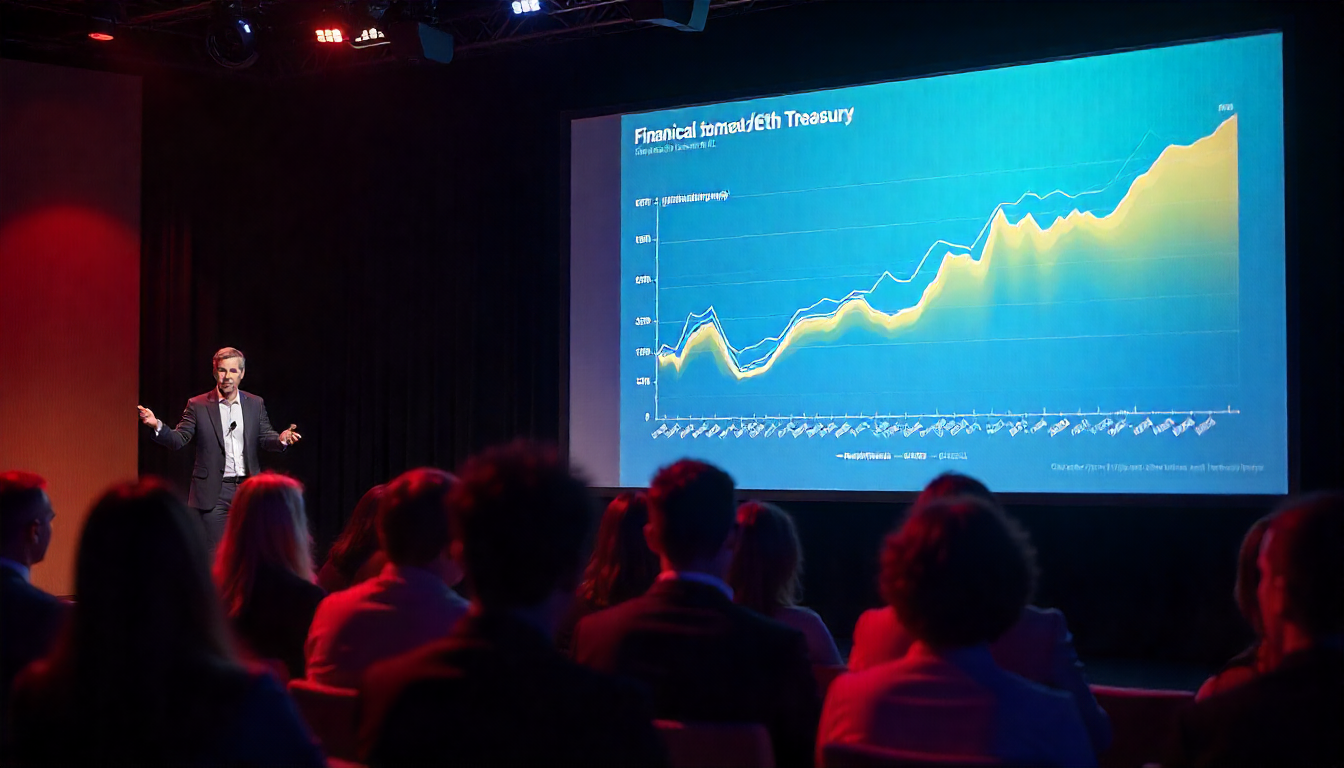Hang Seng Breaks Above 24K on Trade Talk Hopes, Crypto Pauses Ahead of U.S. CPI Release
Global markets opened the week with diverging momentum. While Asian equities rallied on renewed optimism around U.S.–China trade negotiations, the cryptocurrency market remained largely rangebound, with investors showing caution ahead of upcoming U.S. inflation data.
Crypto Sluggish Despite Risk-On Equity Sentiment
Bitcoin (BTC) traded flat-to-lower around $105,650, forming a doji candle on Sunday—typically interpreted as a sign of market uncertainty. On-chain data reflected declining engagement: the seven-day moving average of daily transactions fell to 315.5K, its lowest in over a year, according to Blockchain.com.
XRP, trading at $2.24, slipped over 1%, despite briefly breaking above a downtrend resistance from mid-May. Traders are watching closely as the APEX 2025 event begins this week in Singapore, potentially influencing short-term price action.
Dogecoin (DOGE) also lost ground, down nearly 2% at $0.161, struggling to hold above its 100-day simple moving average after weekend rejection near the $0.18 resistance zone.
Asian Markets Rally on U.S.–China Trade Hopes
In equities, Hong Kong’s Hang Seng Index surged 1.3% to close above 24,000—a level not seen since late March. Optimism surged as top trade negotiators from Washington and Beijing convened in London. President Trump expressed confidence in the talks, stating they “should go very well” in a Truth Social post.
The rally extended across other regional indices, with South Korea’s KOSPI and China’s Shanghai Composite also moving higher despite discouraging inflation data from the mainland.
China’s Deflation Worsens as Policy Levers Remain in Focus
The National Bureau of Statistics reported that:
- Consumer prices in China dropped 0.1% YoY in May.
- Producer prices declined 3.3%, deepening factory-gate deflation that has persisted since late 2022.
According to Robin Brooks of the Brookings Institution, tariffs imposed by the U.S. are accelerating China’s disinflationary spiral, calling them the “catalyst” amid already weak demand and high debt burdens.
Beijing may respond with further stimulus. The People’s Bank of China (PBOC) has already cut rates and reduced the reserve requirement ratio (RRR) this year, with more easing expected in the months ahead.
Markets Turn to U.S. CPI for Direction
Investors now await the U.S. Consumer Price Index (CPI) for May, due Wednesday. Forecasts suggest:
- Headline CPI is expected to rise 0.2% MoM, translating to 2.5% YoY, up from 2.3% in April.
- Core CPI is projected at 2.9% YoY, a slight uptick from 2.8% previously.
Strategists at Barclays say the report may begin to reflect early signs of price pressures from new tariffs. A hotter-than-expected reading could reduce the likelihood of near-term Fed rate cuts, potentially triggering a shift in market sentiment and increasing volatility across both crypto and traditional asset classes.





